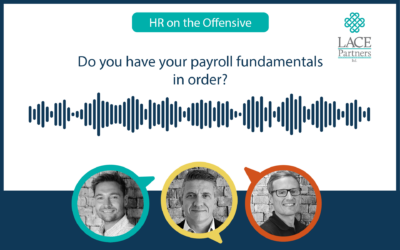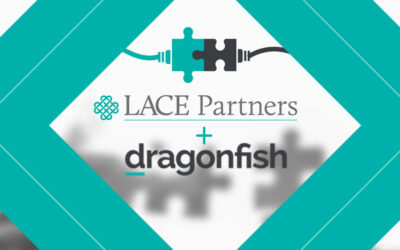In 2021 Applearn produced a report looking at the Hidden Costs of the Digital Employee Experience. Chris and Emma from LACE Partners recently sat down on a podcast with Andrew Avanessian from Applearn to discuss the key findings and ways companies can actually go about reviewing their levels of digital adoption in an increasingly technology focused world. Below is an overview of some of the key discussion points from the podcast, which has been summarised by Neil from our team.
Key themes from the report
The report utilises data gathered from both the Applearn platform and from 2000 YouGov employees to illustrate the current state of digital adoption and costs associated with this. The report aims to bring to light the voice of employees in the digital experience space and understand their experiences of the transformation that has happened over the last two years. By gaining insight into user journeys from one million application-using employees the report reveals the costs of unintuitive tech.
It was found that organisations with more than 500 employees are likely to have approximately 35 business applications, and that these applications are switched between thousands of times each day. This translates into six hours per day trying to use/using these applications. Of this time, it was calculated three weeks a year are wasted looking for support using the technology.
As these figures suggest, there is a gap between how most organisations would like their employees to spend their time and how it is actually spent. The issue for most organisations however is accessing enough insight to quantify their levels of digital adoption – which is the purpose of this report.
Return on investment for technologies
Within the last two years there has been a large uptick of the number of digital platforms. COVID has forced a vast number of organisations to introduce new technologies and software, now resulting in organisations taking stock and asking themselves ‘what is the return on investment actually looking like?’
When considering this investment companies often consider the first one to two years for serious review, after this point only 12% of technologies are still monitored and assessed for their actual value add. Part of the issue assessing the ROI on your digital platforms stems from the sheer volume present in businesses, which poses challenges in monitoring these platforms from a holistic viewpoint. As a result, measurements can struggle to paint a true reflection for how technologies are impacting your day-to-day operations.
A holistic view of your digital adoption
If you are truly attempting to monitor your software and generate accurate metrics and usable data you need to be able to assess the processes from end-to-end. Digital Adoption Platforms (DAP), including Applearn, are built to facilitate this analysis, enabling the tracking of system processes across multiple applications for a bird’s eye view into your tech architecture.
When it comes to measuring navigation issues or bottle necks in productivity it’s important to understand how much time (and therefore money) can be saved when an employee no longer needs to navigate to different apps for support with their queries. You are able to go beyond simply understanding how many people have accessed the system and also look at metrics such as exactly where employees are slowing down or ending their journeys in an application – highlighting key pain point and areas of frustration within the systems.
From an employee experience perspective, tools such as these can be coupled with feedback and employee listening strategies to understand barriers to productivity. As covered in our webinar Getting better with data: The time is now for HR it’s important that you are able to articulate exactly which data points are worth measuring and also ensure that you can trust the story being told by your data. If you are measuring engagement from one application and compare to another it may not be as simple as 1 + 1 = 2.
Cost savings and process improvement
Insights collated from multiple sources can be used to guide improvements to the core HCM systems such as Workday, SAP SuccessFactors or Oracle by highlighting the key pain points and supporting processes ‘in-action’. For example, rather than requiring employees to divert from their task to seek support DAP platforms can allow pop up help overlaid on existing systems. As a result, HR teams can understand why employees aren’t using the tools provided and problem solve proactively.
When organisations begin considering the impact of their digital experience it’s important to align your data strategy with your people strategy. The information DAP’s can provide can help facilitate the conversation, providing context to guide system improvements and reducing overall costs.
If you are interested in understanding obstacles to your digital adoption, whether you want to talk about change and adoption strategy or whether a Digital Adoption Platform would be suitable for your business, we would be happy to help you. Simply fill in the form below:






